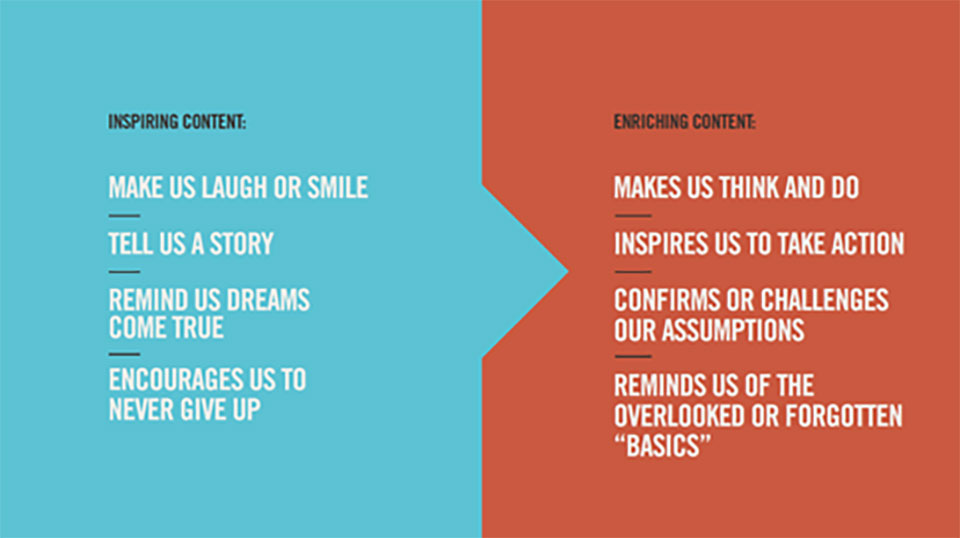There’s a culture gap in the outdoors, and it’s growing as fast as the industry. Our audience might be bigger—but assuming these newcomers are traditional participants is a surefire way to lose them. The future is bright for outdoor brands who have the bravery and desire to be a role model for the new wave of adventurers.
The New Outdoor Landscape

Download the latest Outdoor Industry participation report and you’ll find this new outdoor landscape. One shaped by new participants (females, Hispanics, young people) in new geographies (local v. destination travelers) with new needs (body positivity), activities (movement focused), and aspirations (mental health). One motivated by fitness trackers and health apps, facilitated by mobile maps and search, and championed on social media.
A new reality demands a new marketing strategy. Brands who don’t evolve risk losing trust, authority and most of all relevance in their very own backyards.
To get it right, you have to do it right. This means investing in the discovery phase to identify the unique opportunity for your brand. Align internal stakeholders on the benefit of a long-view and charge that horizon.
Get Ahead with These 5 Steps
1. Be there for consumers in the beginning
If you conduct social listening on the unbranded outdoor consumer journey, you’ll find the newcomer generates the highest volume of online conversation. But it’s not all positive: there’re everything from pleads for support and insight to expressions of total frustration at not finding the information they need.
This checks out. When people don’t know something, we often look it up on our devices instead of asking friends and family—especially those of us who are Millennials. The volume of information we get back in our searches can overwhelm us, so we hyper-filter for the experts to give us the most pointed advice.
Right now, the “experts” most people look to are media outlets and bloggers. Brands have the opportunity to show up there for their newcomers—to be that role model and first helping hand delivering the reliable information they need.
2. Meet them on their journey

Everyone has their own, unique online journey. To maximize the potential of showing up when the Newcomer comes looking, create a strong cross-channel strategy. This way, the time invested in one piece of content can lead to the discovery of a whole lot more.
Kick start a channel strategy by unpacking the path to purchase. Start with the awareness of a problem and finish with the purchase of a product. At each step, understand their feelings, assumptions, and next steps.
Understanding the breadth of their experience will not only help define what channels to activate but will shine a light on the sort of content that’ll stick out, resonate and ultimately bring them further under the brand fold.
3. Provide enriching content, not just inspirational

By the time the newcomer has decided they want to take their first steps to get outside, it’s fair to say they’ve been inspired to do so. The content that will be most useful to them is enriching content.
Think: Checklists, packing lists, shopping lists, hacks, pro tips, charts, infographics, diagrams—those little pieces that take a bit more strategic thinking but can really shine with a bit of design.
Here’s the way we think about it: If inspiring content makes us laugh or smile, enriching content makes us think and do. If inspiring content tells us a story, enriching content tells us to take action. If inspiring content reminds us dreams come true, enriching content confirms or challenges our assumptions. And if inspiring content encourages us to never give up, then enriching content reminds us about the importance of learning the basics.
4. Retune your brand voice & tone

In order to get the message across, brands must use a voice and tone that relates to their newcomers—that makes them feel like they’ve found people who understand them and want to engage with them throughout the journey.
We tune enriching content to sound more like an encouraging tutor and less like an authoritative leader. Tutors are expected to be the experts—but they don’t treat everyone the same. They exercise patience, honesty, and sincerity.
5. Extend beyond the purchase

You can bet that not everything went according to plan their first time. Newcomers will be deliberating: Did they like their experience? Was it worth it? Will they do it again?
This is the perfect moment to show interest, support and reach back out and request feedback. If there’s any chance to further the relationship, this is the moment.
Think: Email survey or a social post using re-targeting—even a micro-campaign targeting newcomers asking for feedback. You never know what help you might be able to provide if you don’t ask.

